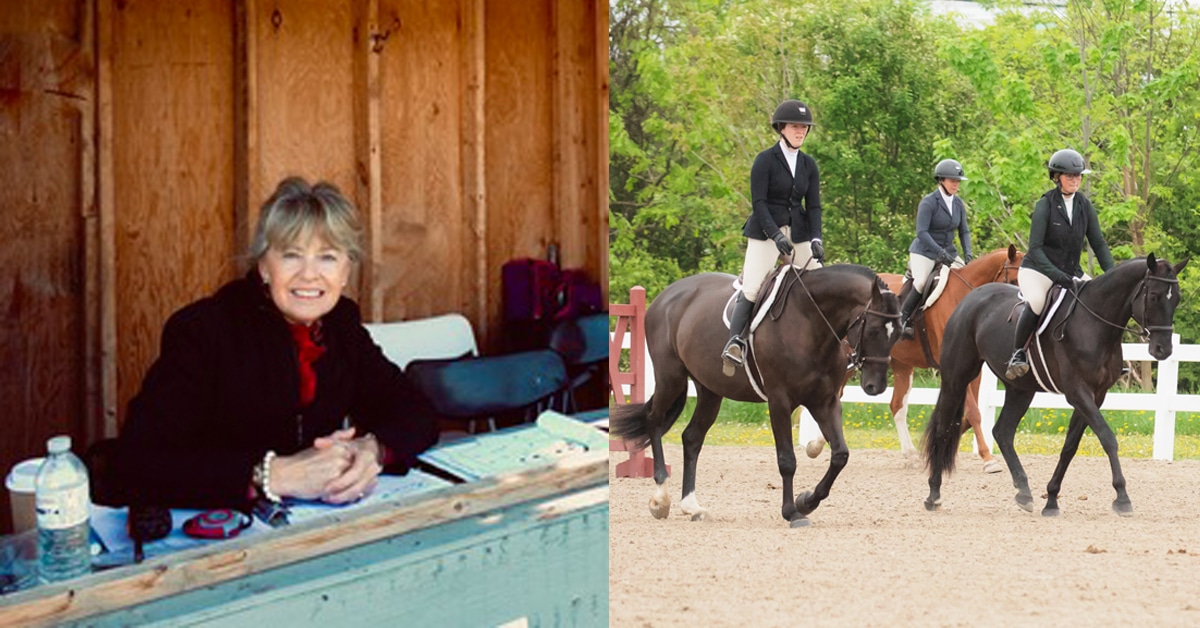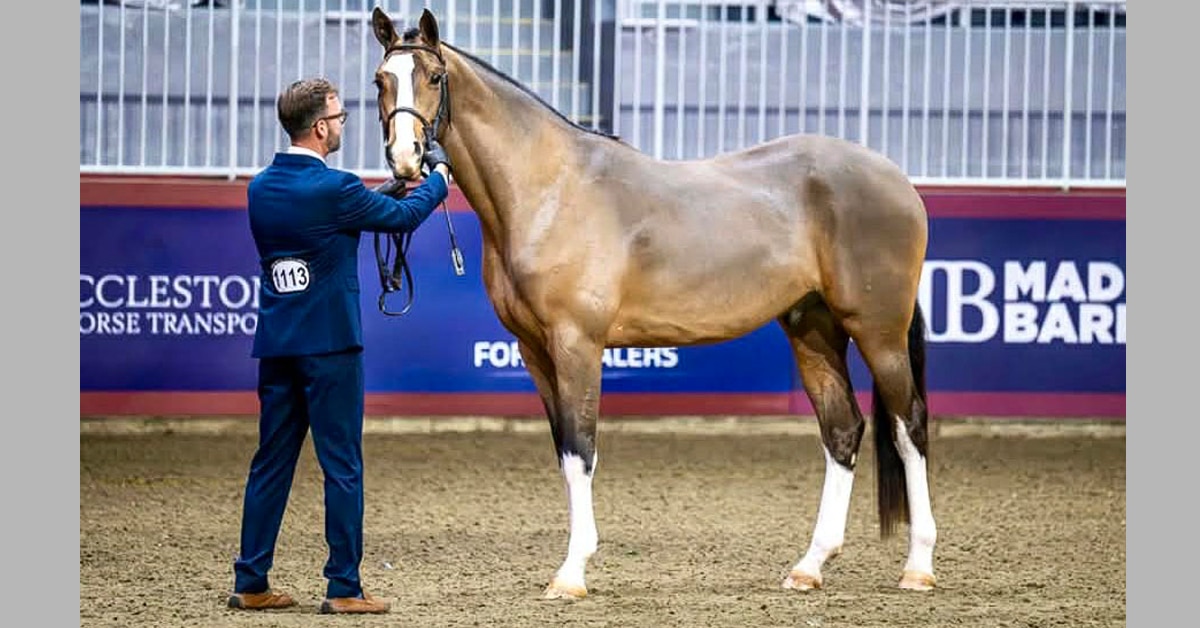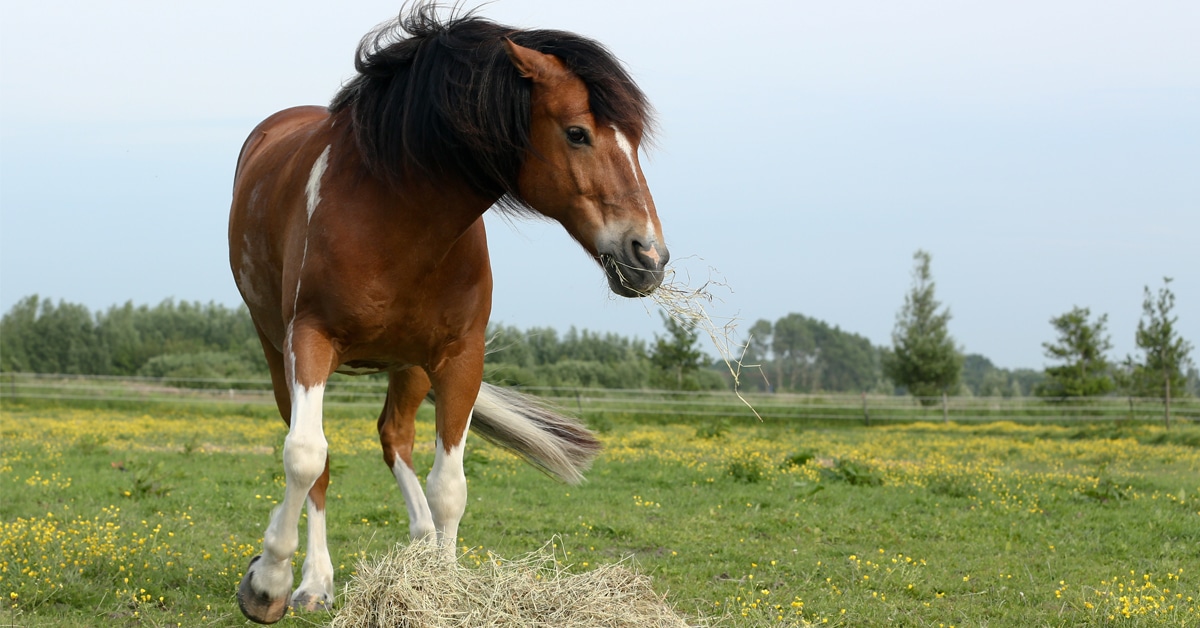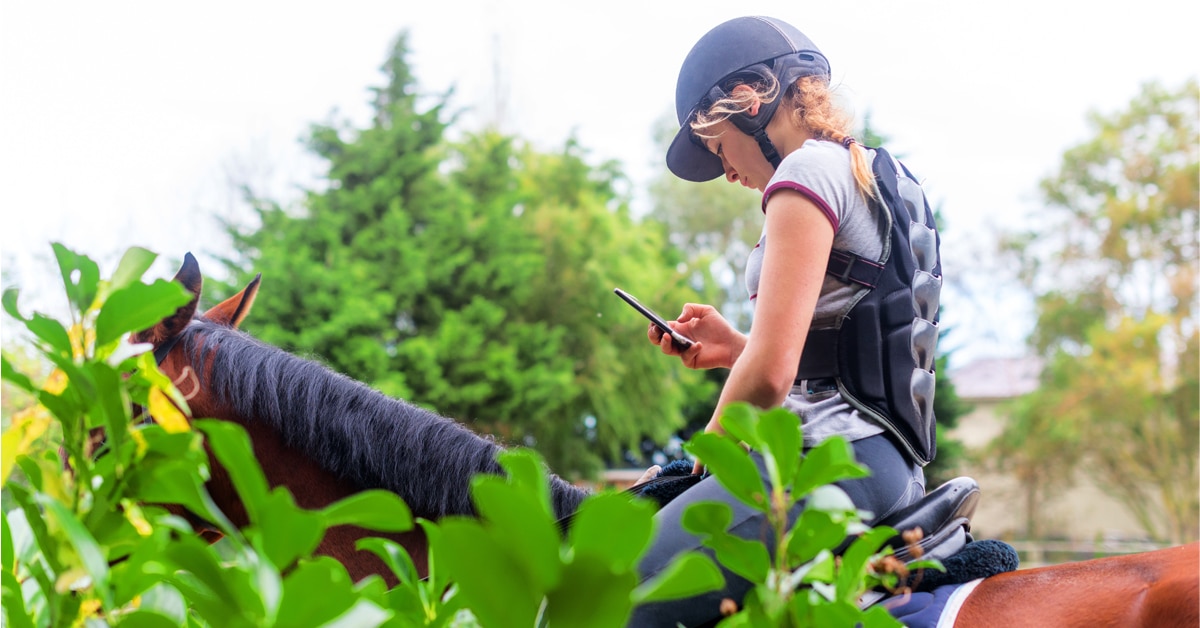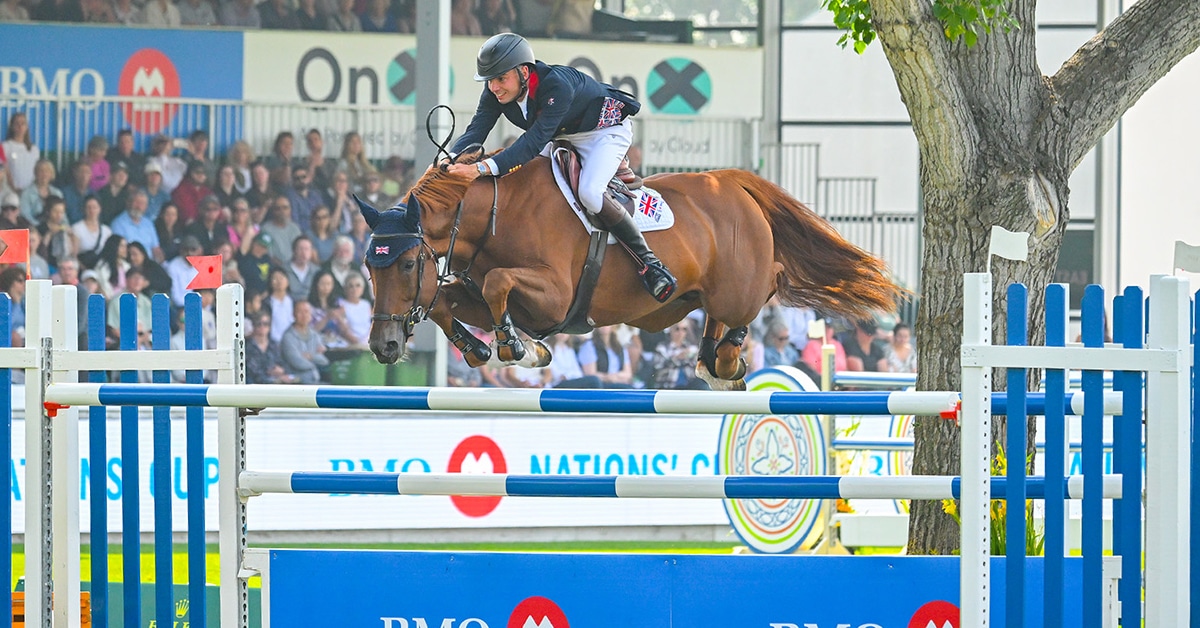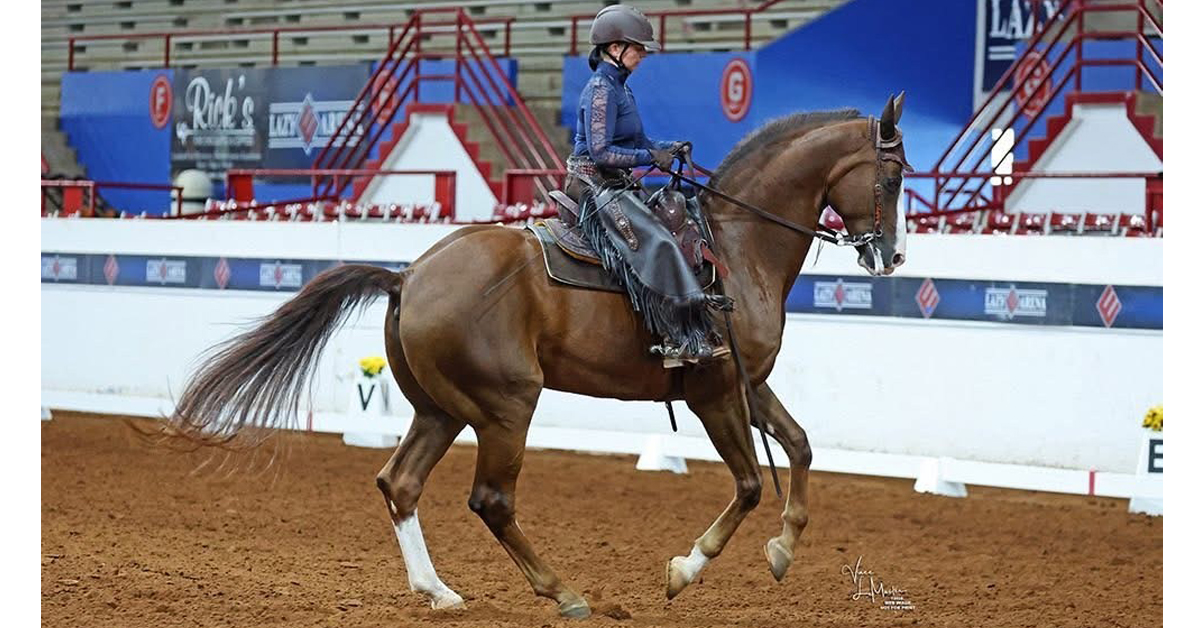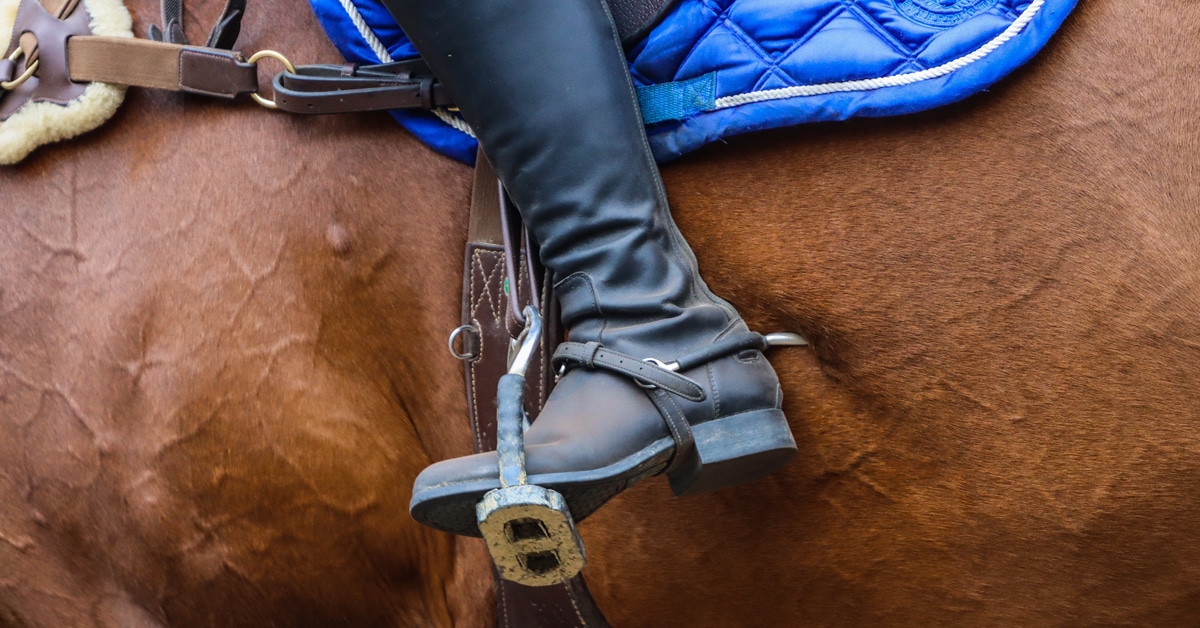Jackie Tattersall of Absolute Equestrian in Inglewood, ON, has spent years training ponies to national titles and championships at North America’s biggest shows. Once a successful pony competitor herself, she is now ranked among the top adult professionals in the hunter ring. Tattersall credits much of her education to the ponies that were in her life.
Most important in the search for a suitable pony mount, says Tattersall, is that no matter the budget or knowledge level of the family, safety is of utmost importance. “A lot of riding in the developmental stages is learning balance and getting comfortable with being around and on the animals,” she explains. “A 12-hand pony is still a giant to a six-year-old child, and we have to foster confidence and comfort.” She encourages the use of pony games such as “around-the-world” (reaching up to touch the ears, reaching back to touch the tail, etc.) with the younger children to develop balance and security. She believes that time spent with the pony on the ground is as important as time spent in the saddle. “Kids are honest and should truly be there for the joy of riding,” she explains. “At first they don’t understand winning; it’s about taking each lesson day-to-day and improving. I don’t believe in “full service” for kids. They should learn how to handle and tack up the ponies and enjoy spending time with their two-legged and four-legged friends at the barn. It’s fun to let them be kids and play: ride bareback, do horseless jumping, all of that. As an instructor, in the beginning we have to make it all fun, which in turn makes learning easier.”
Fancy vs. Packer
Most often a child’s first pony will not be a ribbon-winner at the most competitive A shows. Parents and trainers shouldn’t only look at the fancy ponies in the beginning, cautions Tattersall, but rather one that will show the child the ropes – packers who have moved down the levels from the rated through to the children’s and short stirrup divisions with age. “Trying to have a pony last from up-down lessons through to the short stirrup division through to the Royal Winter Fair champion is not realistic,” she explains. “There are some out there that can do it, but often what the kid needs to start is not the pony that will take them to the top. For a beginner, safe and honest is more important than fancy. First ponies don’t have to be show ponies; they don’t need to move or jump perfectly, as long as they do it safely. They don’t need to do lead changes. They need to be smooth, honest, safe, and have “more whoa than go.” As riders graduate to the show ring, the short stirrup pony should be the same: safe and honest, but with a little more style and a good lead change.”
Developing a green pony into a packer takes a considerable amount of professional training and show ring miles. It is often the most difficult task of a pony trainer; they either must be small enough to school the pony themselves, or have experienced children in the barn small enough to school them. “One of the most difficult things about developing ponies is that it’s very hard to have riders small enough to train the ponies, especially the smalls and mediums. With horses, professionals are able to show them to develop them, but with ponies we can only school them. The EC rule change that allows juniors of any age to show green ponies was made to help this out.”
Although it may be tempting for parents to save some money and buy a green pony, Tattersall explains that the old expression, “don’t put green with green” is absolutely true. “It’s hard to teach a kid when they are having to compensate for things their pony doesn’t know, and it’s hard to train a pony when the rider doesn’t yet know the feel of what they want it to do. Lead changes, for instance, if they are not natural, are always harder to teach with kids riding.” Tattersall finds that ponies are generally smarter than horses and that they tend to learn faster, which she says can be good when they learn the right things – and bad when they learn to be naughty.
A dilemma for breeders
Tattersall, whose family couldn’t afford to buy her “made” ponies year after year, got her start on green ponies sent to her in the fall by breeders with the goal of qualifying them for the Royal and selling them. It was an ideal situation for both parties.
The challenge for breeders in the current market lies with the cost of producing ponies up to saleable level. “Unfortunately, increasingly fewer parents want to put the time and effort into bringing along young ponies because of the high cost of showing on top of board, training, and lessons. They would rather find something further along in training,” she explains. “This means breeders are forced to spend more money developing the ponies into proven competitors. Most breeders can’t develop the show pony out of their farm, so they have to send it somewhere else for training and showing. They then have to price their animals to cover these costs. In the best situations, a breeder develops a working relationship with a professional who has the infrastructure – facility, time, and riders – to continually develop the young stock with the goal of selling at a higher price.”
Where are the good ponies?
Tattersall, who once won a class at the Royal on a pony that was rescued off the meat truck, understands that while there are certainly diamonds in the rough to be found, the consistency and reliability produced via a proven breeding program is often the best way to achieve results. “As with good horses, good ponies can be found anywhere, but there are breeders with great breeding programs. Breeders know quality and know how to produce the appropriate size, raw talent, and temperament.”
Tattersall will use the “string test” (see sidebar) to estimate what size a young pony will finish at. “When selecting young ponies, size is a big factor and growing over is always a worry. The market wants as close to the maximum size in each division as possible [12.2h, 13.2h, 14.2h], and just a hair over can mean a huge loss.”
A season-long lease is an option that should be considered, especially in the developing years when children will quickly outgrow their mount in size or ability. It can be a cost-effective way of gaining experience on a proven competitor, and allows the option of upgrading without going through the sales process and the risk of a poor investment. “It really ends up a personal preference of the parents,” says Tattersall. “Often a pony will only last a season and I’ve had parents that only want to lease, because they don’t want to be stuck with something they can’t sell at end-of-year if the market is slow. If we feel it could be a multi-season pony, they may opt to purchase based on what a two- or three-year lease would cost.”
Bringing along ponies and kids can be very rewarding. “With young kids or young ponies it’s exciting to be there to see first jumps, first shows, first ribbons, and first wins,” says Tattersall. “A few years ago, I was in the stands during a pony under-saddle class at the Royal and realized I had been a part of the training of about three-quarters of the ponies – I had started them, shown them, catch-ridden them, or coached them. It was a very rewarding feeling; ponies teach incredible lessons to everyone.”
The Latest
